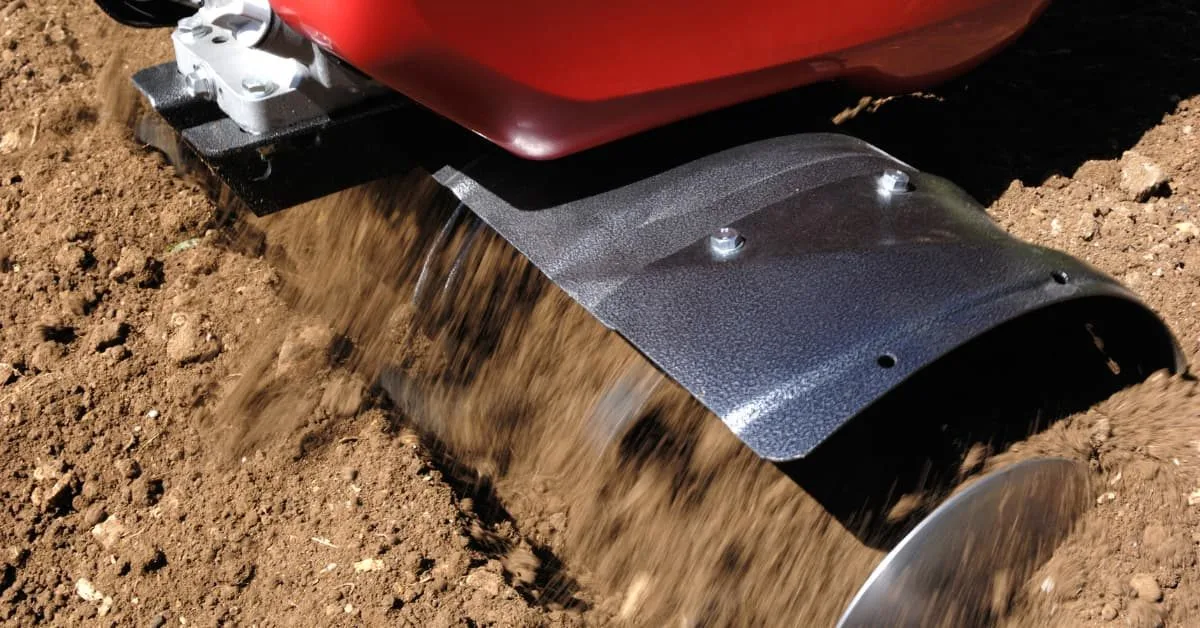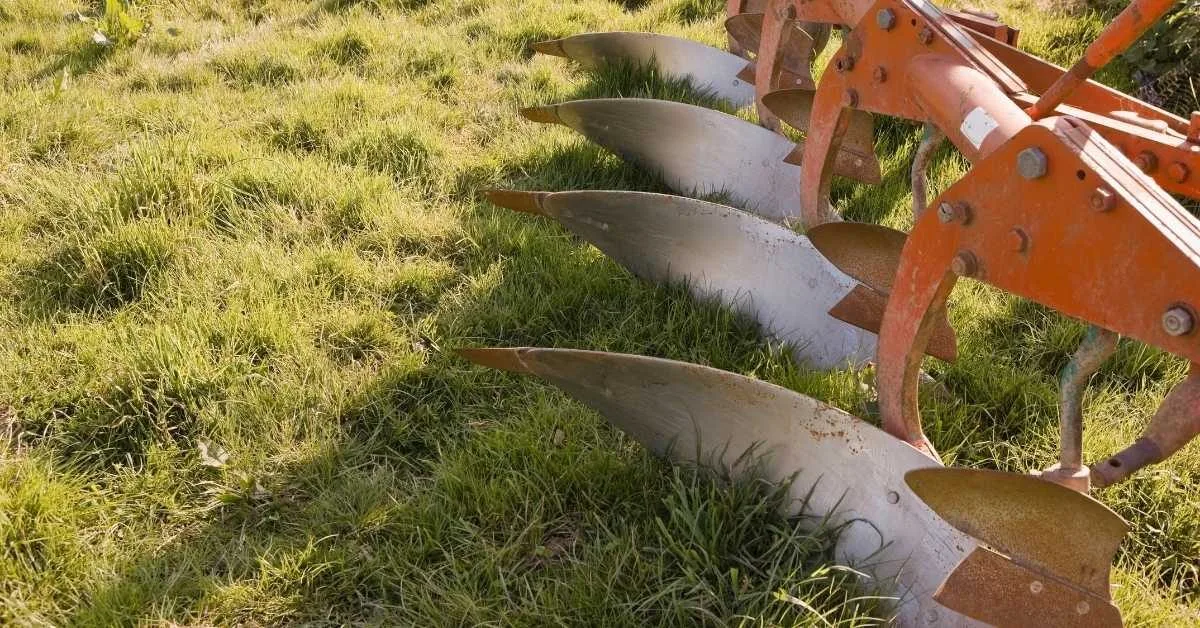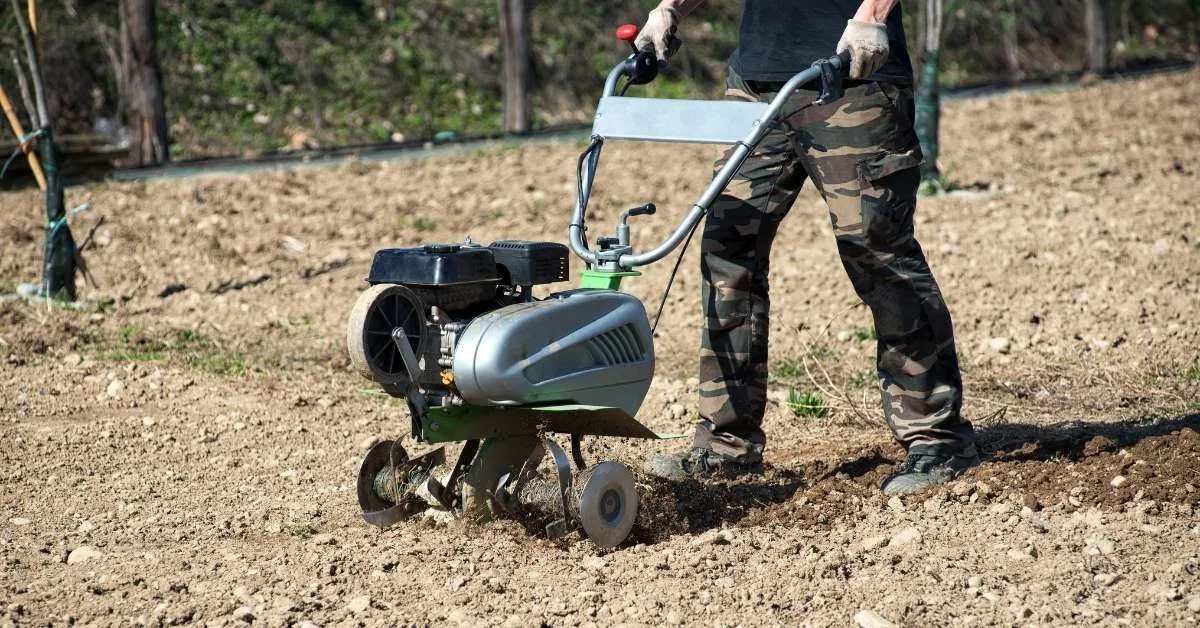Choosing the right blades for your tractor is no small decision. Agricultural efficiency, fuel consumption, machinery wear, and even soil quality depend largely on having the right implement.
However, many farmers are faced with common questions: what type of blade is best for clay or stony soils? What is the difference between a C, L, or J blade? How does tractor power influence the choice?
With more than five decades dedicated to the manufacture of agricultural spare parts, at Agrícola Navarro we have seen firsthand how the right choice can reduce costs, extend the useful life of implements, and significantly improve results in the field.
In this practical guide, you will find the fundamental criteria for selecting the most suitable blade according to the type of soil, crop, and work to be done, as well as maintenance tips that will help you get the most out of your machinery.
Key factors to consider before choosing tractor blades
Choosing the right blade is not just a matter of fitting the part to the implement. There are technical variables that directly influence agricultural efficiency and medium- and long-term costs. We analyze the most important aspects that every farmer or technician should consider before purchasing.
Compatibility with tractor power and RPM
La relación entre la cuchilla y la potencia del tractor es determinante. Un implemento sobredimensionado puede generar sobrecargas, mientras que una cuchilla inadecuada para la velocidad de trabajo (RPM) provoca cortes irregulares, mayor consumo de combustible y desgaste prematuro.
- For medium-power tractors, lighter, curved blades are usually recommended, as they require less effort.
- For high-power tractors, more robust, straight blades can be chosen, as they are capable of withstanding intensive work.
A balanced adjustment ensures greater durability for both the implement and the machinery.
Soil type and climatic conditions
The soil is a key factor in determining which blade will offer the best performance:
- Soft or sandy soils: these allow for light blades, which work smoothly and without excessive consumption.
- Clayey or wet soils: these require curved blades, which prevent clogging and allow for better evacuation of soil and debris.
- Stony or compact soils: require reinforced blades, with treated steel and more resistant edges, capable of withstanding impacts without fracturing.
Weather conditions also have an influence: after rain or in wet areas, an inappropriate choice can multiply blockages.
Relationship between crop and blade shape
Each crop requires a different type of soil finish.
- For horticultural crops (such as tomatoes or lettuce), milling blades that leave the soil loose and uniform are preferred.
- For cereals or extensive crops, rotovator blades, designed for deep and prolonged tillage, work best.
- For pasture maintenance or weed control, brush cutter blades are the best option.
Shape also matters:
- Curved blades make it easier to work on hard or dry soil.
- Straight blades offer a cleaner cut on light soil.
- C, L, or J shapes offer specific advantages depending on the depth and texture of the soil.
Manufacturing materials and treatments
The durability of a blade depends largely on its composition. Standard steel may be sufficient for light work, but for demanding tasks it is advisable to opt for heat-treated steel, which combines elasticity with wear resistance.
Some manufacturers apply anti-abrasive coatings or weld reinforcements to areas of high friction, thus extending the life of the part and reducing the need for frequent replacement. These details make the difference between an inexpensive, short-lived blade and an implement designed to withstand years of work.
Hidden costs of choosing cheap blades
The temptation to reduce initial costs leads many farmers to opt for low-cost blades. However, this decision often results in greater problems in the medium term:
- More frequent breakages and replacements.
- Increased fuel consumption due to low efficiency.
- Risk of damaging the implement or even the tractor.
- Loss of time in the field due to downtime and repairs.
Investing in quality blades means a higher initial outlay, but it ensures more working hours, fewer interruptions, and much greater overall profitability.
Types of tractor blades and their main uses
Each agricultural task requires a different blade. There is no universal model, and choosing the wrong option can reduce work efficiency, increase costs, and accelerate implement wear. Below, we review the most commonly used types and their main applications.
Brush cutter blades for tractors
Brush cutter blades are designed to clear weeds, grass, and plant debris. Their shape and strength allow them to cut fibrous materials without tangling, clearing the ground in a short time.
- Recommended uses: pasture maintenance, weed removal, clearing margins or areas with dense vegetation.
- Key advantage: they allow for quick work on large areas with dense vegetation.
- Technical consideration: it is important to sharpen them periodically to ensure efficient cutting and avoid overloading the implement.
Tractor milling blades
Milling machines are highly valued in horticultural crops because they prepare the soil evenly, creating a loose and aerated texture that is ideal for sowing. Their blades are designed to break up the soil without compacting it, which promotes moisture retention and root development.
- Recommended uses: soil preparation for vegetables, vineyards, or irrigated crops.
- Key advantage: they leave a level, well-worked surface, ready for sowing or transplanting.
- Technical consideration: they work best in medium to soft soils; in stony ground, it is advisable to opt for reinforced materials to prevent breakage.
Rotovator blades for tractors
The rotovator is the implement of choice for intensive and deep tillage work, especially in extensive crops such as cereals. Its robust and generally curved blades are capable of removing large volumes of soil, even in compacted terrain.
- Recommended uses: preparing land for large-scale sowing, soil decompaction, and agricultural waste control.
- Key advantage: they allow for deep tillage, which improves soil structure and reduces the appearance of weeds.
- Technical consideration: they require more powerful tractors and treated steel blades to withstand the demands of the work.
If you would like to learn more about this topic, we recommend reading our specialized blog: Rotovator blades: types, uses, and tips for choosing the right one, where you will find a detailed guide to help you make the right choice.
Shredder blades for tractors
Shredder blades are designed to handle plant debris, stubble, and pruning waste, reducing them to small fragments that are reincorporated into the soil. Their robust design makes them very effective on land where agricultural waste or intensive crop residues are abundant.
- Recommended uses: shredding branches, corn or sunflower residues, vineyard and olive grove residues.
- Key advantage: they promote the incorporation of organic matter into the soil, improving its fertility.
- Technical consideration: they require good maintenance to keep them sharp, as they work with hard and fibrous materials that accelerate wear.
Leveling blade for tractor
Leveling blades are mainly used for finishing and final preparation of the land. They allow for a uniform surface, eliminating irregularities and leaving the field ready for planting or irrigation.
- Recommended uses: leveling soil in horticultural crops, irrigation installations, or conditioning land for agricultural infrastructure.
- Key advantage: they ensure better use of water and facilitate uniform crop growth.
- Technical consideration: they are usually used after more intensive work (rotovator or milling machine) to perfect the finish.
Front blades for tractors
Front blades, installed at the front of the tractor, provide maneuverability and speed in certain agricultural tasks. Although less common than rear blades, they are useful for specific tasks that require precision.
- Recommended uses: cleaning margins, working in confined spaces, preparing land with obstacles.
- Key advantage: they allow greater control and visibility for the operator.
- Technical consideration: their design must be adapted to the tractor model, and they are often complemented by other rear implements.
Differences between straight, curved, and C, L, and J blades
In addition to the type of implement, the shape of the blade defines its behavior in the soil:
- Straight blades: ideal for soft or medium soils, they allow for clean and uniform cuts.
- Curved blades: work best on compact or dry terrain, as they penetrate more easily.
- C-type blade: recommended for deep work on hard soils; combines robustness and good penetration.
- L-type blade: used on wet or clayey soils, where it helps prevent blockages.
- J-type blade: specially designed for plant debris, it facilitates the mixing of organic matter with the soil.
Understanding these differences is essential to optimize performance and avoid costly mistakes. An incorrect choice not only reduces efficiency, but can also shorten the blade’s service life and increase fuel costs.
| Tipo de cuchilla | Main features | Recommended uses | Advantages | Limitations |
| Straight | Clean, straight cut, less curvature | Soft or medium soils, light work | Uniform finish, lower consumption | Less penetration in hard soils |
| Curved | Greater angle of entry into the ground | Dry, compact, or stony soils | Penetrate easily, reduce blockages | Greater wear on soft soils |
| C-type | Wide and robust curvature | Deep tillage in hard soils | High resistance and intensive working capacity | Requires powerful tractors |
| L-type | Right angle shape | Wet or clay soils | Prevents soil buildup and blockages | Lower cutting capacity in dry soils |
| J-type | Curved and elongated design | Soils with plant residues, shredded | Excellent mixing of organic matter | Less efficient in very compact soils |
Practical tips for use and maintenance
In addition to choosing the right blade, proper maintenance is what really guarantees consistent performance and a longer service life. Here are some practical recommendations that apply to both professional farmers and agricultural machinery operators.
How to sharpen tractor blades correctly
Sharpening is essential to maintain cutting efficiency and reduce tractor effort. A blunt blade creates greater resistance, increases fuel consumption, and causes uneven finishes.
- Recommended frequency: check the edge after 40-60 hours of use, although this will depend on the hardness of the terrain.
- Safe method: remove the blade, secure it properly, and use a grinder or whetstone, always maintaining the original angle.
- Extra tip: balance the weight after sharpening, as an imbalance can cause vibrations and premature wear on the implement shaft.
Expected service life and signs of wear
The durability of a blade depends on the material, the type of work, and soil conditions. On average, a quality blade can last between 300 and 600 hours of work, while inexpensive models usually need to be replaced much sooner.
Signs that a blade needs to be replaced
- Excessively rounded or deformed edges.
- Cracks or fractures in the metal.
- Unusual vibrations during operation.
- Noticeable loss of efficiency despite multiple sharpenings.
Investing in blades made of treated steel with wear-resistant reinforcements can double the service life compared to standard models.
Tips for avoiding blockages in wet soil
Working in wet conditions is one of the main challenges for farmers. Blockages reduce efficiency and can damage the machine.
Preventive measures
- Use curved or L-shaped blades, which facilitate soil removal.
- Work at a moderate speed to avoid excessive accumulation.
- Keep the implement clean after each day’s work, removing mud and plant debris.
- Check the depth setting: incorrect adjustment can cause blockages.
These practices significantly reduce the risk of blockages, extending the service life of both the blades and the implement.
Cost vs. benefit of economy blades vs. premium blades
At first glance, economy blades seem like a cost-effective option, but in the long run they often represent a greater expense.
- Economy blades: lower initial investment, but rapid wear, higher fuel consumption, and frequent replacement.
- Premium blades: higher initial investment, but offer greater durability, fewer stoppages, lower energy consumption, and better soil working quality.
In terms of total cost of ownership, high-quality blades are more cost-effective, as they reduce downtime, maintenance, and field failures.
What our company offers in agricultural blades
When choosing an agricultural replacement part, it is not enough to look at the price or compatibility with the implement. Manufacturing quality, manufacturer experience, and customer support make the difference between a tool that becomes a profitable investment and one that causes problems in the field.
Our specialized team offers farmers and distributors a range of blades designed to meet the most demanding conditions.
More than 55 years of experience and certified quality
With more than half a century in the industry, the company has perfected its manufacturing processes to offer blades that combine tradition and advanced technology.
- ISO-9001 certification, which guarantees quality standards at every stage of production.
- Recognition in more than 20 countries, which endorses the reliability of our products in diverse agricultural contexts.
- A solid track record that inspires confidence in both individual farmers and large distributors.
30MCB5 steel and wear-resistant reinforcements
The material is decisive in the service life of a blade. That is why we work with high-quality 30MCB5 steel, subjected to heat treatments that ensure a hardness of 45HRc, the ideal balance between elasticity and resistance.
In addition, we apply wear-resistant weld reinforcements in areas of high friction. This technical detail, invisible to the naked eye, prevents premature breakage and reduces the need for frequent replacements.
Stock available and delivery within 24 hours
In the agricultural sector, every day counts. A tractor stopped due to a lack of spare parts means lost time and reduced productivity in the field. That is why we maintain a permanent stock and manage shipments within 24 hours.
This agile service allows farmers and distributors to quickly obtain the necessary parts, minimizing work interruptions.
Durability, innovation, and sustainability
Our products are not only distinguished by their long-lasting resistance, but also by our constant commitment to innovation and sustainability:
- Durability proven in demanding agricultural conditions.
- Continuous improvement processes that allow each blade to be adapted to new demands in the sector.
- Eco-friendly and responsible materials, aligned with more sustainable agriculture.
The result is a line of blades and replacement parts that not only fulfill their function, but also contribute to optimizing resources and protecting the environment.
Choose the right blades for your tractor now and request a quote
Selecting the right blade not only improves performance in the field, it also saves you time, reduces fuel consumption, and extends the life of your machinery. The choice is a strategic investment for any farmer or maintenance manager.
At Agrícola Navarro, we are here to advise you and offer you the most suitable blade for your soil type, crop, and work requirements. In addition, we have a large stock and a 24-hour delivery service, so you never have to stop working due to a lack of spare parts.
Take the next step: request personalized information or ask for a quote today. You will have the assurance of working with certified quality agricultural blades, designed to respond to the most demanding conditions and guarantee optimal results in every job.



